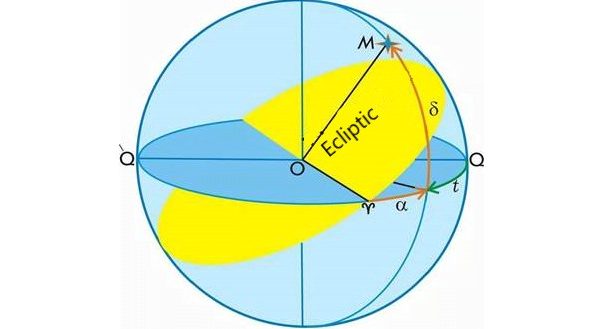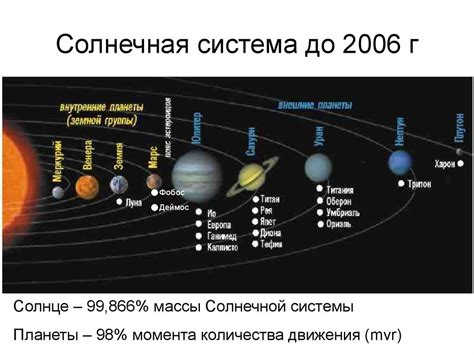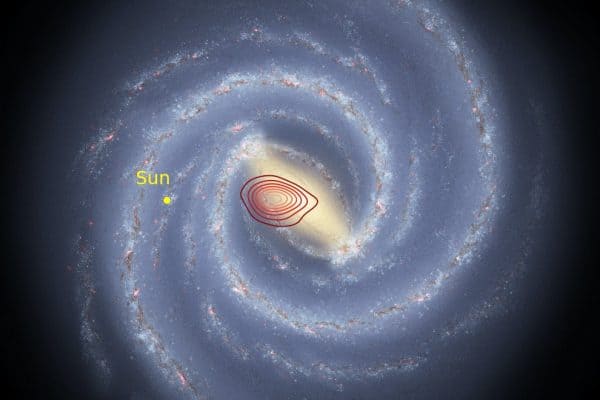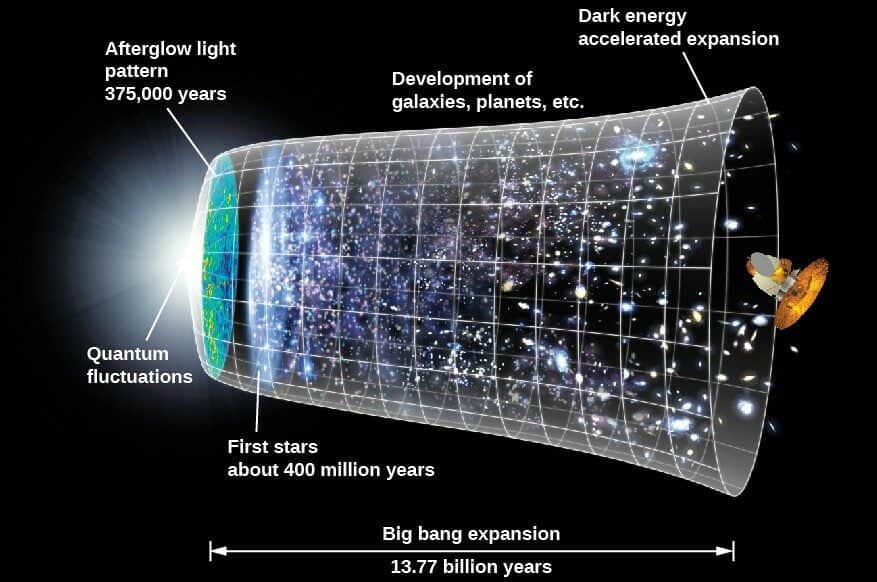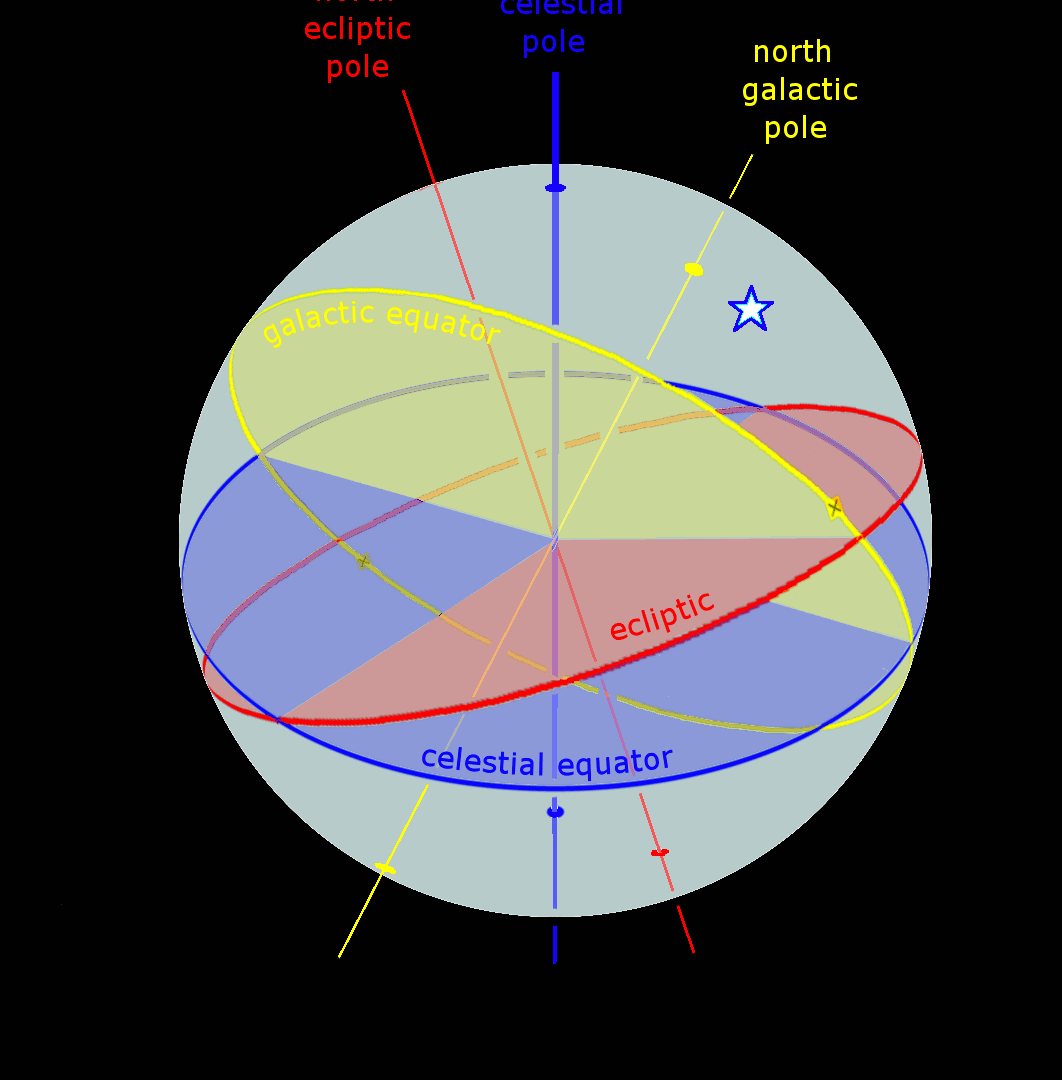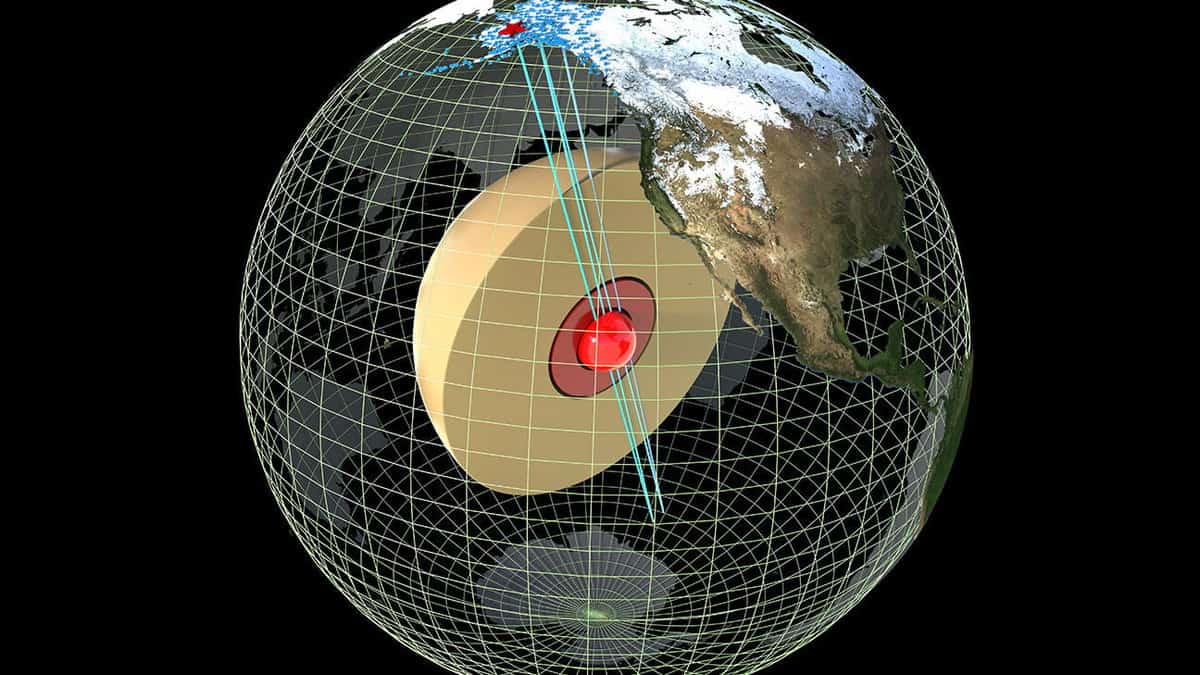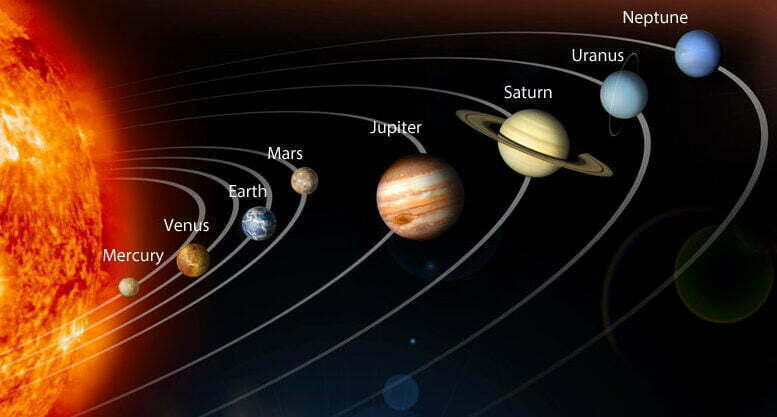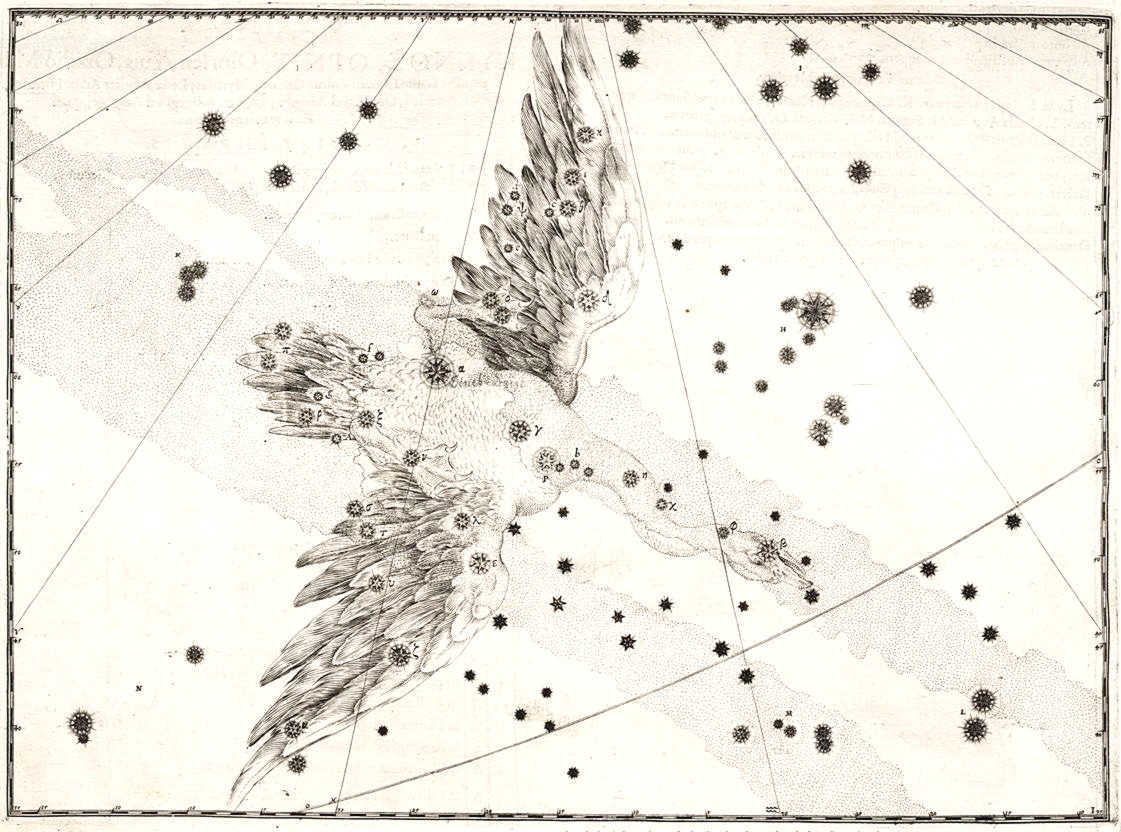
What is the current number of constellations?
Video can be rephrased as Visual Content or Moving Images . The Autumn Sky’s Constellations During the autumn season, when the sky is often covered by clouds, stargazing can be challenging. However, there are several constellations that can still be observed, including Delphinus, Microscopium, and Capricornus. In the northern hemisphere, you can see constellations such…



